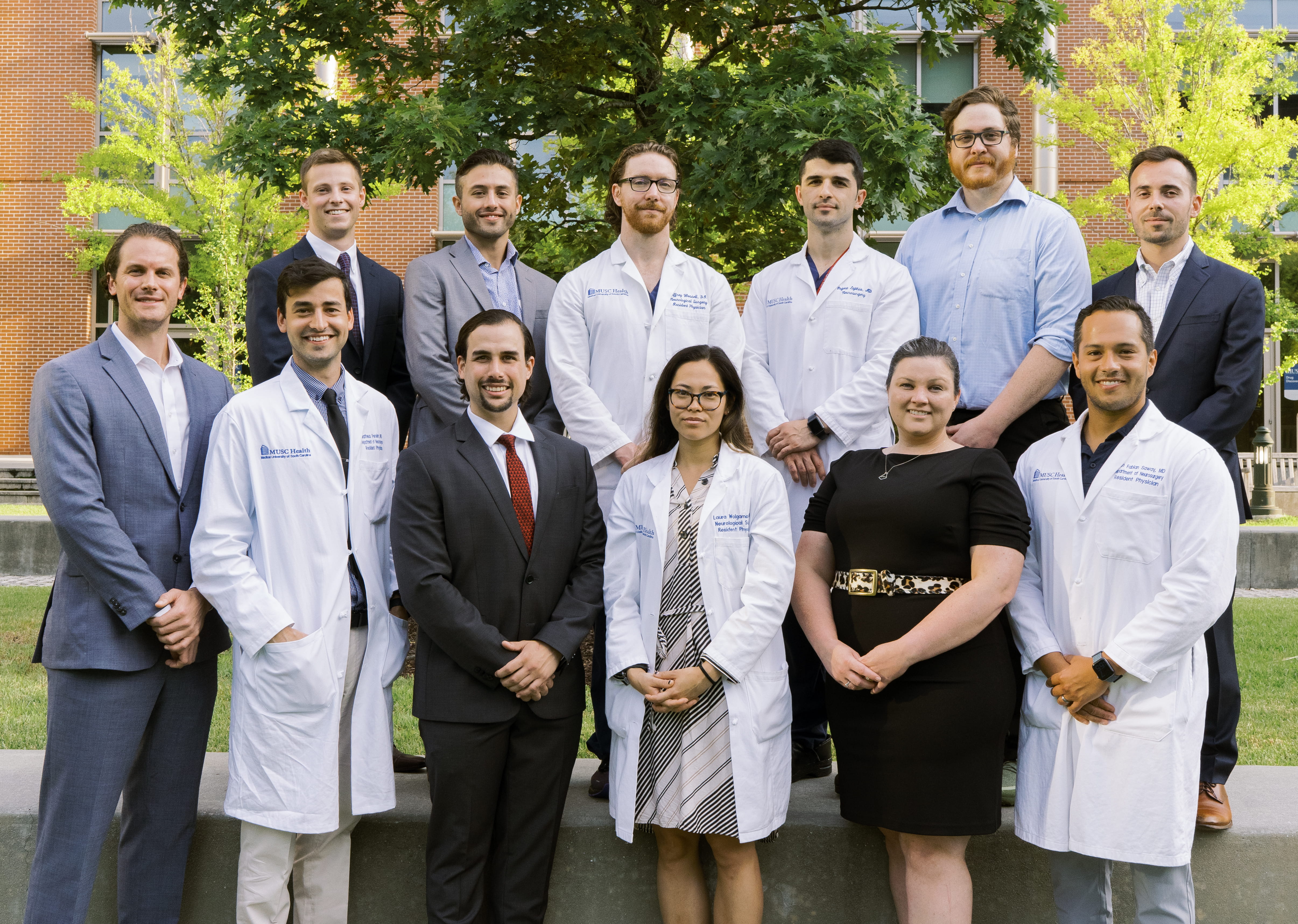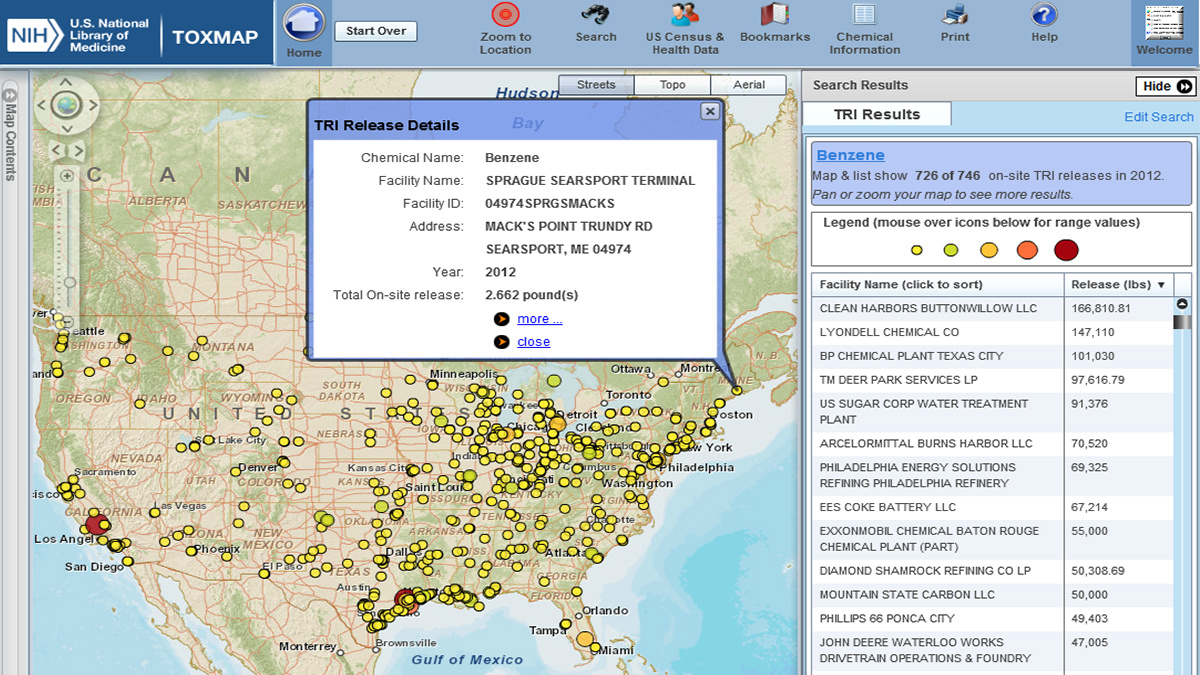Public Art Installation ‘La Distancia’ and its Contribution to Sustainable Development Goals
Project Overview
A permanent public art installation by internationally acclaimed artist Edra Soto, titled “La Distancia,” has been established in Cleveland’s Clark-Fulton neighborhood. The project, which functions as a public bus shelter for the Greater Cleveland Regional Transit Authority (RTA), is a tangible representation of cultural identity and the immigrant experience. It draws inspiration from the distinctive decorative concrete blocks and iron fences (rejas) characteristic of working-class residential architecture in Puerto Rico, where the artist was raised.
- Function: Serves as both a public art sculpture and a functional, sheltered bus stop.
- Location: Situated across from the MetroHealth Glick Center at Southpointe Drive and Scranton Road.
- Inspiration: Replicates and reinterprets architectural motifs from Puerto Rican homes, central to Soto’s long-term “Graft” project exploring cultural transplantation.
- Features: Includes integrated seating and a digital journal accessible via QR code, featuring community-generated content.
Alignment with SDG 11: Sustainable Cities and Communities
The “La Distancia” project makes significant contributions to making cities and human settlements inclusive, safe, resilient, and sustainable.
- Target 11.2 (Sustainable Transport): By enhancing the public transportation experience with a functional and aesthetically significant shelter, the project supports and encourages the use of sustainable transit systems for all.
- Target 11.4 (Cultural Heritage): The installation actively works to safeguard and promote cultural heritage. Soto’s focus on the everyday architecture of working-class communities in Puerto Rico elevates these designs as an important form of cultural expression, embedding them within a new urban landscape.
- Target 11.7 (Inclusive Public Spaces): “La Distancia” transforms a utilitarian transit stop into a safe, inclusive, and accessible public space. The integrated seating provides a place for community members to rest and gather, directly addressing a common deficiency in urban design and fostering community connection.
Alignment with SDG 10: Reduced Inequalities
The project directly addresses social inclusion by giving voice and visibility to immigrant communities, thereby contributing to the reduction of inequalities within and among countries.
- Cultural Representation and Inclusion (Target 10.2): The artwork serves as a powerful symbol of belonging for immigrant populations. By integrating Puerto Rican cultural identity into the civic infrastructure of Cleveland, it validates the heritage of these communities and counters feelings of displacement.
- Community Empowerment: Through workshops focused on migration experiences, local artists and residents contributed essays, poetry, and artwork to the project’s digital journal. This participatory approach empowers communities by providing a platform to share their stories and perspectives.
Alignment with SDG 4 (Quality Education) and SDG 17 (Partnerships for the Goals)
The execution and features of “La Distancia” highlight the importance of education and collaborative partnerships in achieving sustainable development.
- SDG 4 (Quality Education): The integrated digital journal acts as an accessible educational resource. It promotes an appreciation for cultural diversity and global citizenship by sharing personal stories of migration, aligning with the educational goals of Target 4.7.
- SDG 17 (Partnerships for the Goals): The project is a model of an effective multi-stakeholder partnership (Target 17.17). Its successful implementation was the result of a coordinated effort between numerous entities, including:
- The artist, Edra Soto
- Cultural organizations (The Sculpture Center)
- Philanthropic bodies (The Joyce Foundation)
- Public sector agencies (Greater Cleveland RTA)
- Community institutions (MetroHealth Hospital)
Conclusion
Edra Soto’s “La Distancia” transcends its function as a bus shelter to become a significant contributor to multiple Sustainable Development Goals. It serves as a case study in how public art can be leveraged to build more sustainable, inclusive, and culturally rich urban communities. The installation provides not only practical shelter but also a symbolic haven that fosters cultural identity, community engagement, and a deeper understanding of the immigrant experience.
Analysis of SDGs, Targets, and Indicators
-
Which SDGs are addressed or connected to the issues highlighted in the article?
The article on Edra Soto’s “La Distancia” project connects to several Sustainable Development Goals (SDGs) by integrating public art, cultural heritage, community engagement, and sustainable infrastructure.
- SDG 11: Sustainable Cities and Communities: This is the most prominent SDG. The project involves creating a permanent public bus shelter, which is a key component of sustainable urban transport. It also focuses on safeguarding cultural heritage and providing an inclusive public space for the community.
- SDG 10: Reduced Inequalities: The artwork directly addresses themes of migration, cultural identity, and belonging. By representing the “working-class communities in Puerto Rico” and exploring the immigrant experience, the project promotes social inclusion and gives visibility to underrepresented cultural narratives.
- SDG 4: Quality Education: The project includes an educational component through its community engagement. The digital journal, created from workshops focused on migration experiences, serves as a tool for promoting appreciation of cultural diversity and lifelong learning.
- SDG 17: Partnerships for the Goals: The article explicitly highlights the collaborative nature of the project, which was made possible through a multi-stakeholder partnership involving artistic, non-profit, public, and community entities.
-
What specific targets under those SDGs can be identified based on the article’s content?
Based on the article, several specific SDG targets can be identified:
- Target 11.2: Provide access to safe, affordable, accessible and sustainable transport systems for all. The project’s core function is to serve as “a permanent, outdoor sculpture and public bus shelter for the Greater Cleveland Regional Transit Authority,” directly contributing to public transportation infrastructure.
- Target 11.4: Strengthen efforts to protect and safeguard the world’s cultural and natural heritage. The artist, Edra Soto, uses the project to explore and preserve the cultural heritage of Puerto Rico, specifically the “decorative motifs from the residencies of working class communities” which she sees as “an important kind of architecture that represents” the island’s heritage.
- Target 11.7: Provide universal access to safe, inclusive and accessible, green and public spaces. The bus shelter is designed to be more than just functional; it has “integrated seating that is designed to be a place for community members to rest and gather,” transforming a simple transit stop into an inclusive public space and a “symbolic haven.”
- Target 10.2: Empower and promote the social, economic and political inclusion of all, irrespective of…origin…or other status. The project’s focus on the immigrant experience and the feeling of not belonging (“we come to the United States, and we feel that we don’t really belong”) aims to foster a sense of inclusion and belonging for diverse communities, particularly immigrants, through public art.
- Target 4.7: Ensure that all learners acquire the knowledge and skills needed to promote…appreciation of cultural diversity and of culture’s contribution to sustainable development. The project includes a “digital journal accessible via QR code at the shelter, featuring essays, poetry, and artwork created through community workshops in Cleveland focused on migration experiences,” which directly promotes understanding and appreciation of cultural diversity.
- Target 17.17: Encourage and promote effective public, public-private and civil society partnerships. The article states the project was a “partnership with The Sculpture Center and supported by the Joyce Foundation” and involved coordination with the “Greater Cleveland Regional Transit Authority” (RTA) and “MetroHealth Hospital,” showcasing a clear public-private-civil society partnership.
-
Are there any indicators mentioned or implied in the article that can be used to measure progress towards the identified targets?
The article mentions or implies several indicators that can measure progress towards the identified targets:
- Indicator for Target 11.2: The physical existence and operation of the “permanent, outdoor sculpture and public bus shelter” for the RTA in the Clark-Fulton neighborhood is a direct indicator of improved public transport facilities.
- Indicator for Target 11.4: The successful installation of the “La Distancia” sculpture, which incorporates and displays the “decorative motifs” and “rejas” of Puerto Rican architecture, serves as an indicator of an action taken to safeguard cultural heritage.
- Indicator for Target 11.7: The provision of “integrated seating” within the public bus shelter is a tangible indicator of creating a more inclusive and accessible public space designed for community gathering.
- Indicator for Target 10.2: The creation and accessibility of the “digital journal…featuring essays, poetry, and artwork…focused on migration experiences” is an indicator of efforts to promote the voices and inclusion of immigrant communities.
- Indicator for Target 4.7: The implementation of “community workshops in Cleveland focused on migration experiences” is a measurable indicator of educational activities promoting cultural diversity.
- Indicator for Target 17.17: The number and type of organizations involved in the partnership (The Sculpture Center, Joyce Foundation, RTA, MetroHealth) serve as an indicator of a successful multi-stakeholder collaboration.
-
Create a table with three columns titled ‘SDGs, Targets and Indicators” to present the findings from analyzing the article. In this table, list the Sustainable Development Goals (SDGs), their corresponding targets, and the specific indicators identified in the article.
SDGs Targets Indicators SDG 11: Sustainable Cities and Communities 11.2: Provide access to safe, affordable, accessible and sustainable transport systems for all. The installation of a permanent public bus shelter for the Greater Cleveland Regional Transit Authority. 11.4: Strengthen efforts to protect and safeguard the world’s cultural and natural heritage. The creation of a public art installation representing and preserving Puerto Rican architectural motifs. 11.7: Provide universal access to safe, inclusive and accessible, green and public spaces. The inclusion of integrated seating designed as a place for community members to rest and gather. SDG 10: Reduced Inequalities 10.2: Empower and promote the social inclusion of all. The creation of a digital journal (accessible via QR code) featuring stories and art from the community focused on the immigrant experience. SDG 4: Quality Education 4.7: Ensure all learners acquire knowledge and skills to promote appreciation of cultural diversity. The implementation of community workshops focused on migration and cultural identity. SDG 17: Partnerships for the Goals 17.17: Encourage and promote effective public, public-private and civil society partnerships. The documented collaboration between multiple organizations (The Sculpture Center, Joyce Foundation, RTA, MetroHealth) to realize the project.
Source: freshwatercleveland.com







